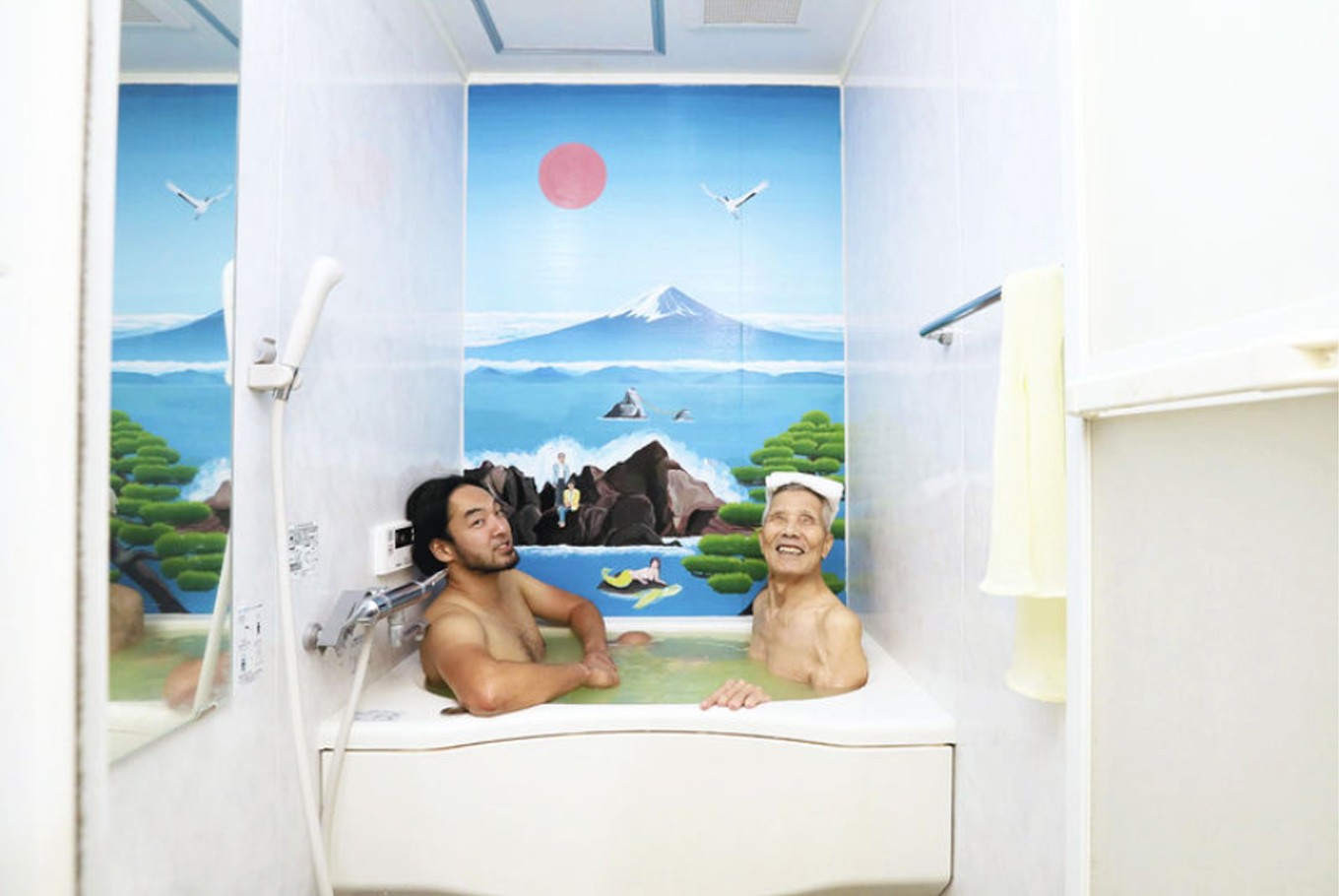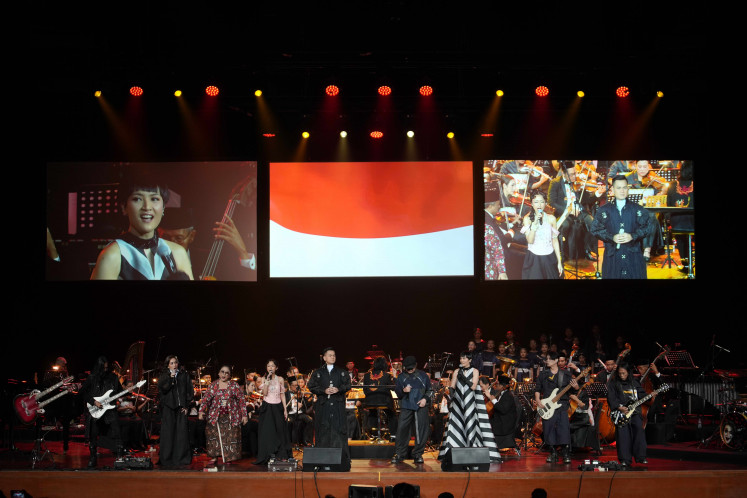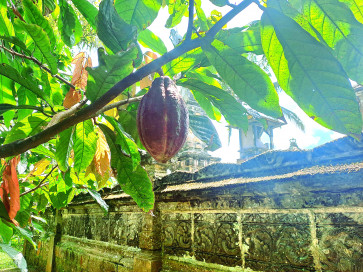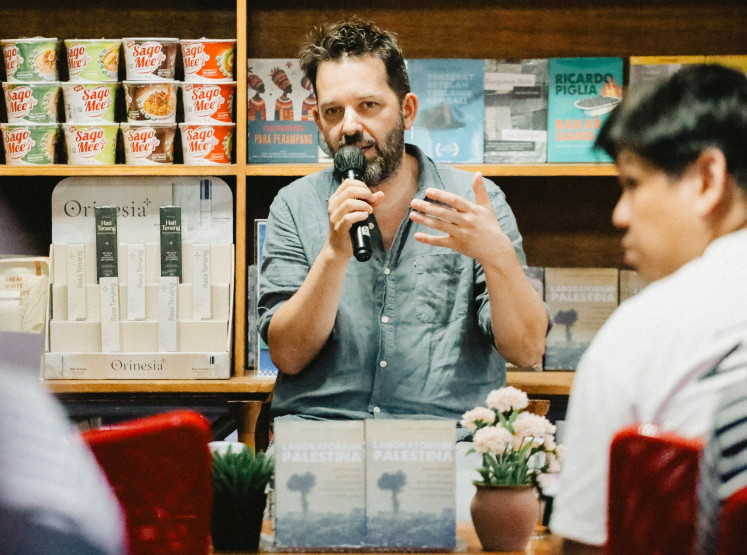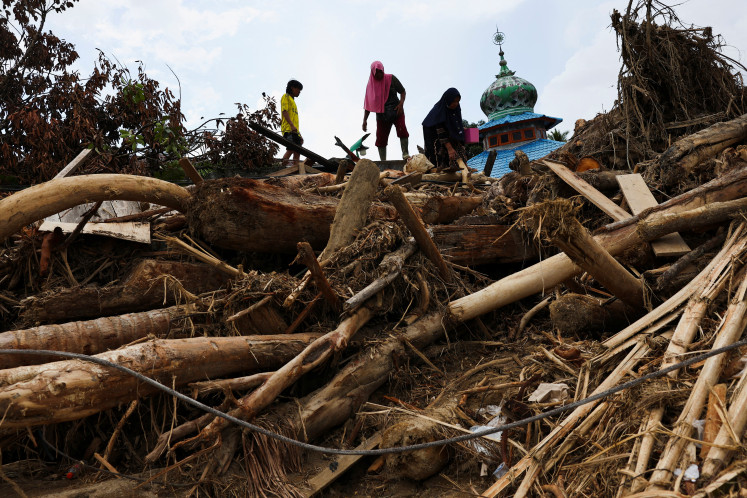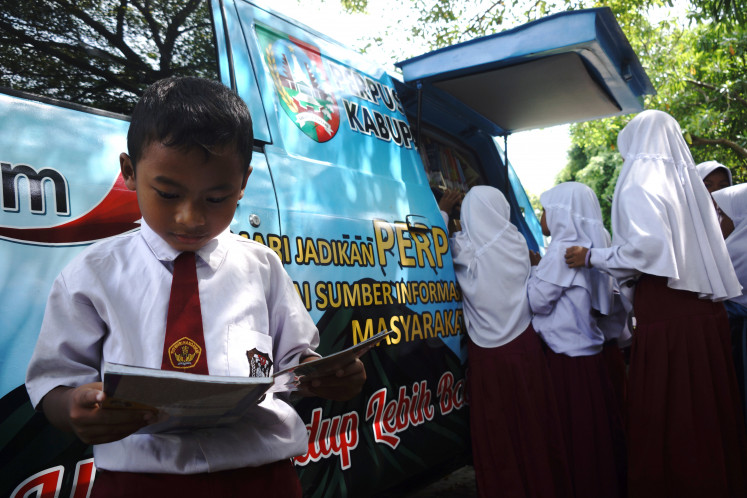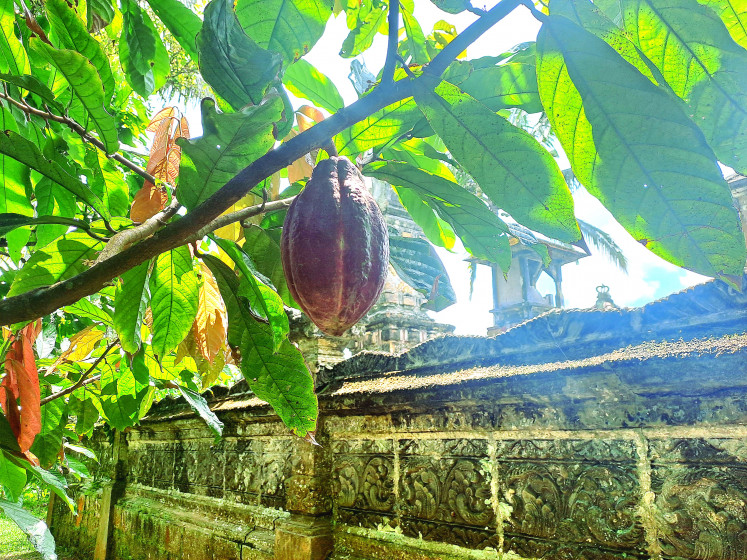Popular Reads
Top Results
Can't find what you're looking for?
View all search resultsPopular Reads
Top Results
Can't find what you're looking for?
View all search resultsRelax with Mt. Fuji: Nostalgic pictures can lend elegance to bathing at home
An increasing number of people are enjoying bathing at home while looking at familiar images of Mt. Fuji as traditionally painted in the nation’s fast-disappearing public bathhouses.
Change text size
Gift Premium Articles
to Anyone
M
asakazu Nagaiwa, 87, a carpenter in Higashinari Ward, Osaka, looks forward to taking a bath at home every day after work. He particularly likes a splendid picture of Mt. Fuji measuring 1.5 meters high and 1.2 meters wide painted on the wall of his home bathroom. “Looking at the picture makes me feel better,” a smiling Nagaiwa said.
An increasing number of people are enjoying bathing at home while looking at familiar images of Mt. Fuji as traditionally painted in the nation’s fast-disappearing public bathhouses.
People can enjoy pictures of Mt. Fuji in various ways — by asking a painter to draw a picture of Mt. Fuji on a bathroom wall or by putting up a poster of Mt. Fuji themselves.
The picture at Nagaiwa’s home bath was drawn in 2012 by Osaka-based painter Naohiro Gonda, 35. Painting pictures of Mt. Fuji in people’s bathrooms is his specialty. It took three days to complete the picture, said Gonda, who calls this work a part of his “frontier” (associated with furo, a Japanese word meaning bath) project.
(Read also: 30,000 new Wi-Fi spots planned in public spaces in Japan)
Nagaiwa’s wife, who died in 2011, and scenery from Mie Prefecture, where Nagaiwa is from, are also drawn alongside Mt. Fuji in the picture. Nagaiwa said with a smile: “The picture reminds me of various things. My bath time has become longer than before.”
The painter contrived the idea of drawing Mt. Fuji in January 2011. He was asked by an acquaintance to take care of their cat by housesitting while the family was away. When Gonda took a bath in the house, he thought it would be interesting if there was an image of Mt. Fuji in the bathroom. He called the acquaintance and received permission to paint on a wall of the bathroom. He purchased water-based paint and painted a snow-capped Mt. Fuji.
Gonda took a photo of the bathroom and displayed it in a solo exhibition of his work. A visitor to the exhibition requested that Gonda “draw a similar picture in my bathroom.” News of Gonda’s work spread by word of mouth and he drew pictures of Mt. Fuji in 29 different places, mainly private homes.
(Read also: Japan responding well to Indonesia's railway funding requests: Luhut)
In December 2011, Gonda volunteered to draw a huge picture of Mt. Fuji in a public bathhouse in Ishinomaki, Miyagi Prefecture, after its boiler was damaged by the Great East Japan Earthquake. After he painted an image in an elderly care facility in Osaka, he was informed by its staff that thanks to the picture, a client who did not like the bath took a bath for the first time in a long time.
Gonda said: “Everybody is pleased with the pictures. I’m glad that these bathroom paintings are seen by people every day.” The fee for painting a picture on the wall of a bathroom starts at about ¥60,000.
Companies feature Mt. Fuji
Noritz Corp., a household appliance maker based in Kobe, added Mt. Fuji to its design for a unit bathroom in April. Kyoto textile brand Sou Sou, which produces kimono and fashionable jika-tabi rubber-soled socks, was in charge of the wall design. In the cute and colorful image, Mt. Fuji stands in a sea of clouds.
Takeshi Wakabayashi, 49, who designed the concept, said there was a public bath next to his house when he was a child that had a picture of Mt. Fuji created with tiles. He recalled the Mt. Fuji of this bath house when he was thinking about how to help people relax in the bath. “Mt. Fuji has a special presence in Japanese people’s minds. We made the Mt. Fuji design trendy so that young people will like it too,” Wakabayashi said. The total cost of the unit bathroom is ¥936,360 or more.
(Read also: Database eyed to boost services for tourists in Japan)
To more easily enjoy looking at Mt. Fuji at home, posters that can be handily pasted on and taken off are available. A pair of bathroom posters that feature Mt. Fuji drawn by a public bath painter in Tokyo sell for ¥5,965 on Gakubun Tokusenkan’s website, managed by correspondence education company Gakubunsha Inc. The product using a special type of paper can be pasted onto a wall just by wetting it with water.
The company started to sell the posters after Mt. Fuji was registered as a World Cultural Heritage site in 2013. About 6,000 posters have been sold since then. Most of the purchasers are middle-aged and older people, according to the company. A staff member in charge said, “It likely evokes nostalgic feelings in the generation of people who are familiar with public bath culture.
This article appeared on The Japan News newspaper website, which is a member of Asia News Network and a media partner of The Jakarta Post

